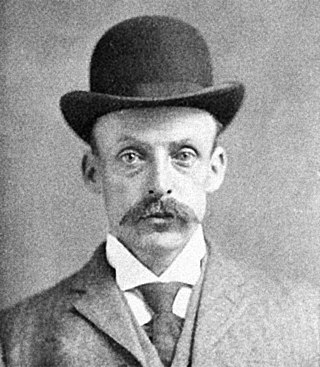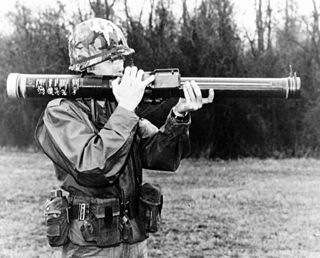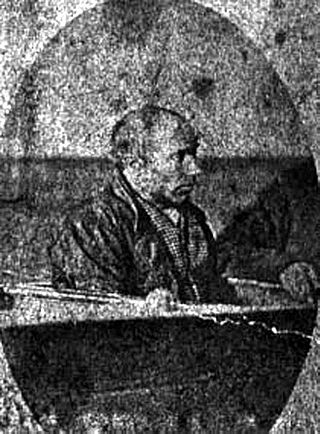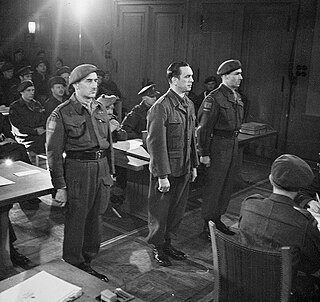
Hamilton Howard "Albert" Fish was an American serial killer, rapist, child molester and cannibal who committed at least three child murders between July 1924 and June 1928. He was also known as the Gray Man, the Werewolf of Wysteria, the Brooklyn Vampire, the Moon Maniac, and the Boogey Man. Fish was a suspect in at least ten murders during his lifetime, although he only confessed to three murders that police were able to trace to a known homicide. He also confessed to stabbing at least two other people.
Murder, Inc. was an organized crime group active from 1929 to 1941 that acted as the enforcement arm of the National Crime Syndicate – a closely connected criminal organization that included Italian-American Mafia, the Jewish Mob, and other criminal organizations in New York City and elsewhere. Murder, Inc. was composed of Jewish and Italian-American gangsters, and members were mainly recruited from poor and working-class Jewish and Italian neighborhoods in Manhattan and Brooklyn. It was initially headed by Louis "Lepke" Buchalter and later by Albert "Mad Hatter" Anastasia.

Anti-tank warfare originated during World War I from the desire to develop technology and tactics to destroy tanks. After the Allies deployed the first tanks in 1916, the German Empire introduced the first anti-tank weapons. The first developed anti-tank weapon was a scaled-up bolt-action rifle, the Mauser 1918 T-Gewehr, that fired a 13.2 mm cartridge with a solid bullet that could penetrate the thin armor used by tanks at that time and destroy the engine or ricochet inside, killing occupants. Because tanks represent an enemy's strong force projection on land, military strategists have incorporated anti-tank warfare into the doctrine of nearly every combat service since. The most predominant anti-tank weapons at the start of World War II in 1939 included the tank-mounted gun, anti-tank guns and anti-tank grenades used by the infantry, and ground-attack aircraft.

John George Haigh, commonly known as the Acid Bath Murderer, was an English serial killer convicted for the murder of six people, although he claimed to have killed nine. Haigh battered to death or shot his victims and disposed of their bodies using sulphuric acid before forging their signatures so he could sell their possessions and collect large sums of money. His actions were the subject of the television film A Is for Acid.
The Columbine Mine massacre occurred in 1927, in the town of Serene, Colorado. In the midst of the 1927–1928 Colorado Coal Strike across the state, workers had been picketing one of the few remaining operating mines, in Serene. A fight broke out between Colorado state militia and a group of striking coal miners, during which the unarmed miners were attacked with firearms. The miners testified that machine guns were fired at them, which the state police disputed. Six strikers were killed, and dozens were injured.

John Thomas Straffen was a British serial killer who committed the murder of three prepubescent girls between the ages of five and nine in the counties of Somerset and Berkshire, England, between 1951 and 1952.

Jürgen Stroop was a German SS commander during the Nazi era, who served as SS and Police Leader in occupied Poland and Greece from 1942-1943 and 1943-1944 He was a SS-General from 1942-1945. He led the suppression of the Warsaw Ghetto Uprising in 1943 and wrote the Stroop Report, a twelve-page account of the operation annexed with many original documents and pictures. Following the defeat of Germany, Stroop was prosecuted during the Dachau Trials and convicted of murdering nine U.S. prisoners of war. After his extradition to Poland, Stroop was tried, convicted, and executed for crimes against humanity.
The following lists events that happened during 1985 in South Africa.
The following lists events that happened during 1986 in South Africa.
The following lists events that happened during 1987 in South Africa.

The murder of Danielle Jones was an English child murder case involving a 15-year-old schoolgirl who disappeared from East Tilbury, Essex, England. There was a large and exhaustive search to find Jones' body and it was considered one of the biggest cases Essex Police had to deal with at the time. Despite the police's best efforts, her body was never found.

The Brides in the Bath is a 2003 television film by Yorkshire Television for ITV, based on the life and trial of British serial killer and bigamist George Joseph Smith, the "Brides in the Bath Murderer". Martin Kemp plays the role of Smith, and Richard Griffiths plays barrister Sir Edward Marshall-Hall. The film was directed by Harry Bradbeer, and written by Glenn Chandler.

Eric Volz is an American entrepreneur, author, and the managing director of The David House Agency, an international crisis resource agency based in Los Angeles. The New York Times recognized Volz as a highly sought crisis manager. He specializes in strategy for international show trials and other complex political and legal situations abroad.

John Kewish Jr. was the last person executed in the Isle of Man. He was convicted and executed for the crime of patricide.
An anti-tank grenade is a specialized hand-thrown grenade used to defeat armored targets. Although their inherently short range limits the usefulness of grenades, troops can lie in ambush or maneuver under cover to exploit the limited outward visibility of the crew in a target vehicle. Hand launched anti-tank grenades became redundant with the introduction of standoff rocket propelled grenades and man-portable anti-tank systems.
Roy Mitchell was an African-American man from Waco, Texas who was convicted of six murders and executed on July 30, 1923. His arrest, trial, conviction, and execution are considered an example of continued bigotry in the Texas judicial system of the 1920s, but also of reforms aimed at curbing mob violence and public lynching. Mitchell was the last Texan to be executed in public and is often described as the last to be legally hanged before the introduction of the electric chair.
On November 23, 2012, Jordan Davis, a black American 17-year-old boy, was murdered at a Gate Petroleum gas station in Jacksonville, Florida, United States, by Michael David Dunn, a white 45-year-old software developer, following an argument over loud music played by Davis and his three friends, in what was believed to be a racially motivated shooting.

The Normandy massacres were a series of killings in-which approximately 156 Canadian and two British prisoners of war (POWs) were murdered by soldiers of the 12th SS Panzer Division during the Battle of Normandy in World War II. The majority of the murders occurred within the first ten days of the Allied invasion of France. The killings ranged in scale from spontaneous murders of individual POWs, to premeditated mass executions involving dozens of victims. Colonel Kurt Meyer, a commander in the 12th SS Panzer Division, was the only perpetrator charged for his role in the atrocities.









